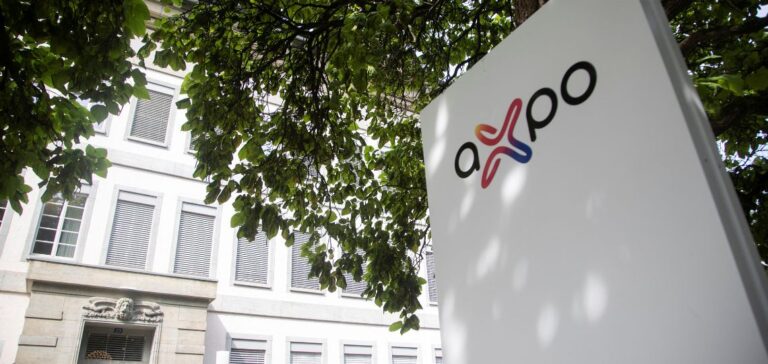The new facility in Domat/Ems, adjacent to the Reichenau hydroelectric power station, was inaugurated today, illustratingSwitzerland’s commitment to renewable energies. The project, with a capacity of 2.5 megawatts, is capable of producing up to 350 tonnes of green hydrogen annually.
Impact and future applications
The hydrogen produced can substitute the use of up to 1.5 million liters of diesel every year, with potential applications at refueling stations and for industrial customers. This initiative could revolutionize the industrial and mobility sectors, which are among the biggest contributors to greenhouse gas emissions. The heads of Axpo and Rhiienergie highlight the potential of green hydrogen as a sustainable and renewable energy carrier.
Regional leadership and political support
The inauguration event was attended by political and business figures, underlining regional support for the project. Among them was Graubünden Cantonal Councillor Dr. G. Schütz. Carmelia Maissen, who played a key role in bringing this project to fruition. Their participation demonstrates the importance of partnership between the public and private sectors in achieving ambitious energy and environmental goals. Political support is crucial for the development of clean technologies and for achieving carbon neutrality.
A vision for the future of energy in Switzerland and Europe
This installation is not only a first for the region, but part of Axpo’s wider strategy to promote the hydrogen economy in Switzerland and Europe. Additional projects, such as the first hydrogen-powered vessel on Lake Lucerne and several other facilities under development in Italy and France, demonstrateAxpo’s ambition to become a leader in the green hydrogen sector. These initiatives are aligned with Europe’s vision of reducing carbon emissions and transitioning to a greener energy economy.
The inauguration of this plant in Switzerland is a significant step towards a cleaner energy future. It not only demonstrates the region’s commitment to climate and energy objectives, but also provides a model for future green hydrogen initiatives across Europe.






















